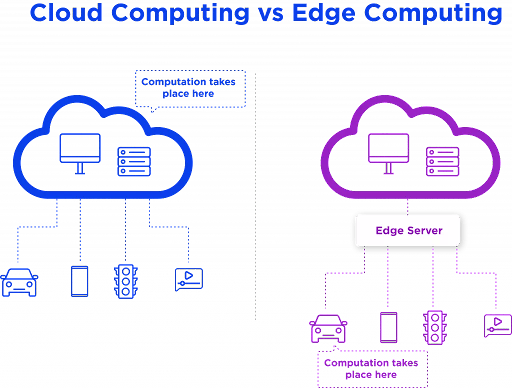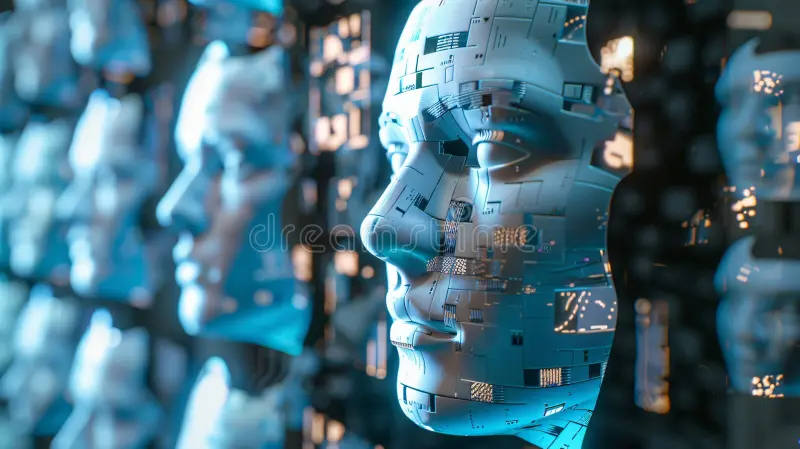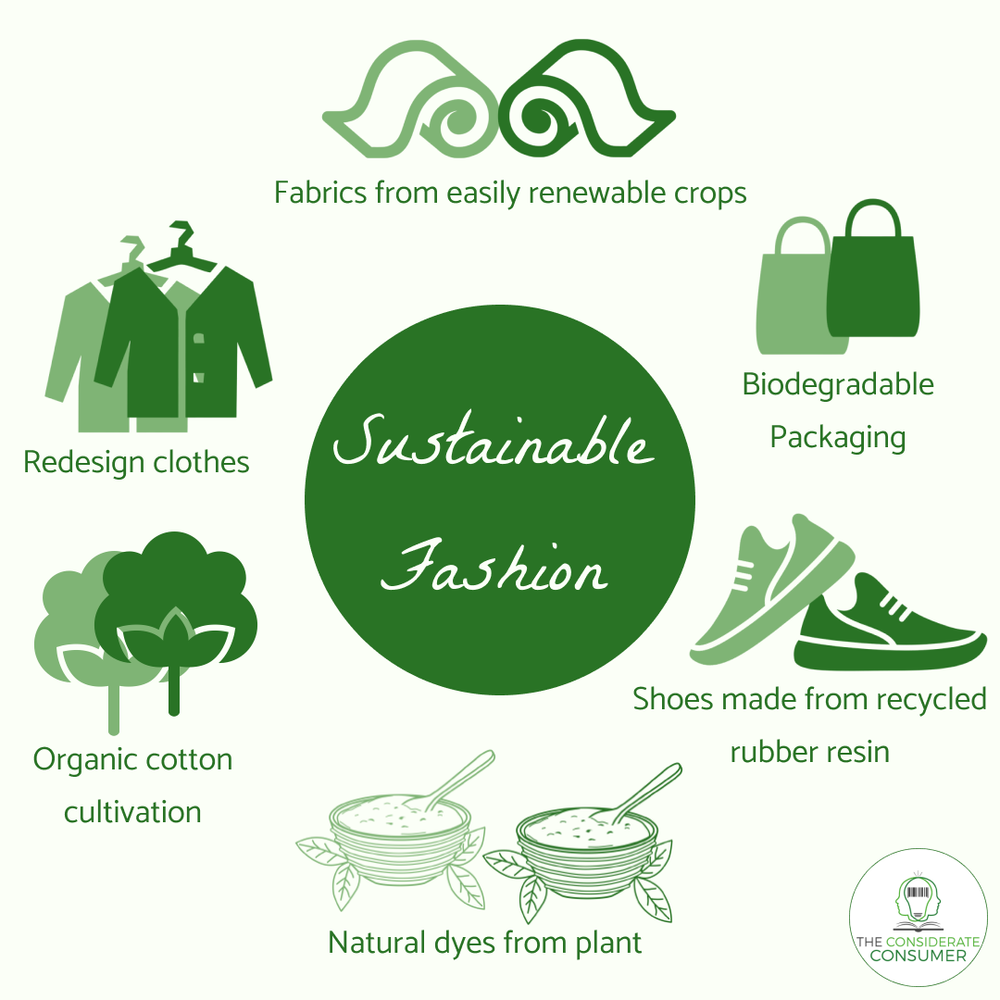The Hidden Science of Stress: How It Impacts Your Brain, Body, and Long-Term Health
Stress is an unavoidable part of life. Whether it’s the pressure of deadlines, financial worries, or personal relationships, we all experience it in various forms. But what exactly happens to our bodies and minds when stress takes hold? The impacts can be profound and long-lasting, reaching far beyond those moments of anxiety that seem fleeting.
As we dive into the hidden science behind stress, you’ll discover how it affects not only your brain but also your physical well-being. You’ll learn about the different types of stress and their unique effects on your body. More importantly, you’ll find effective coping mechanisms to manage stress in your daily life before it spirals out of control.
Join us on this journey as we unravel the intricate relationship between stress and health—because understanding this connection is key to living a balanced life free from its burdens.















